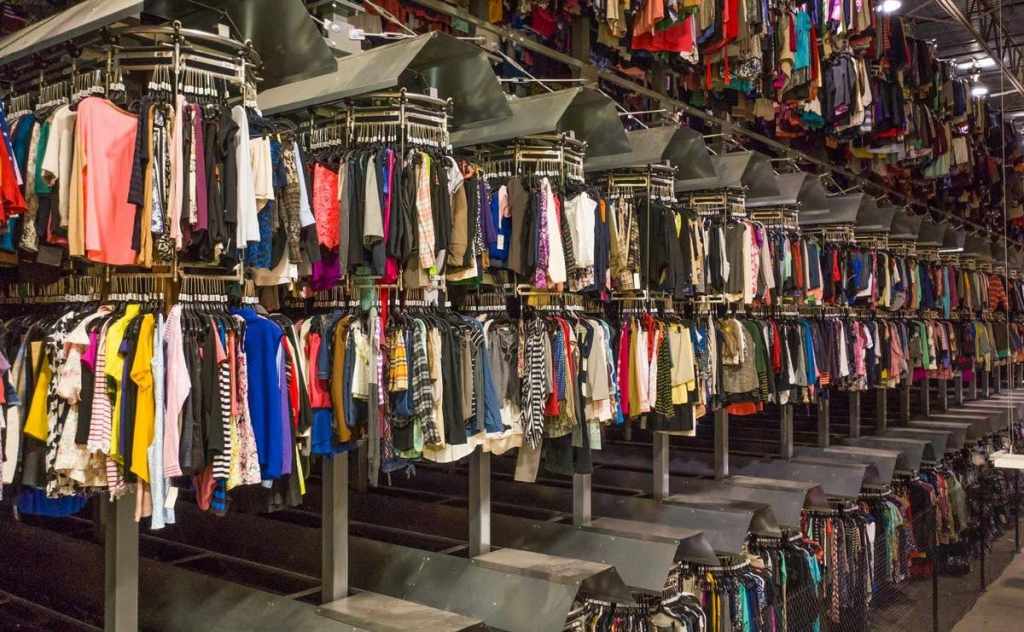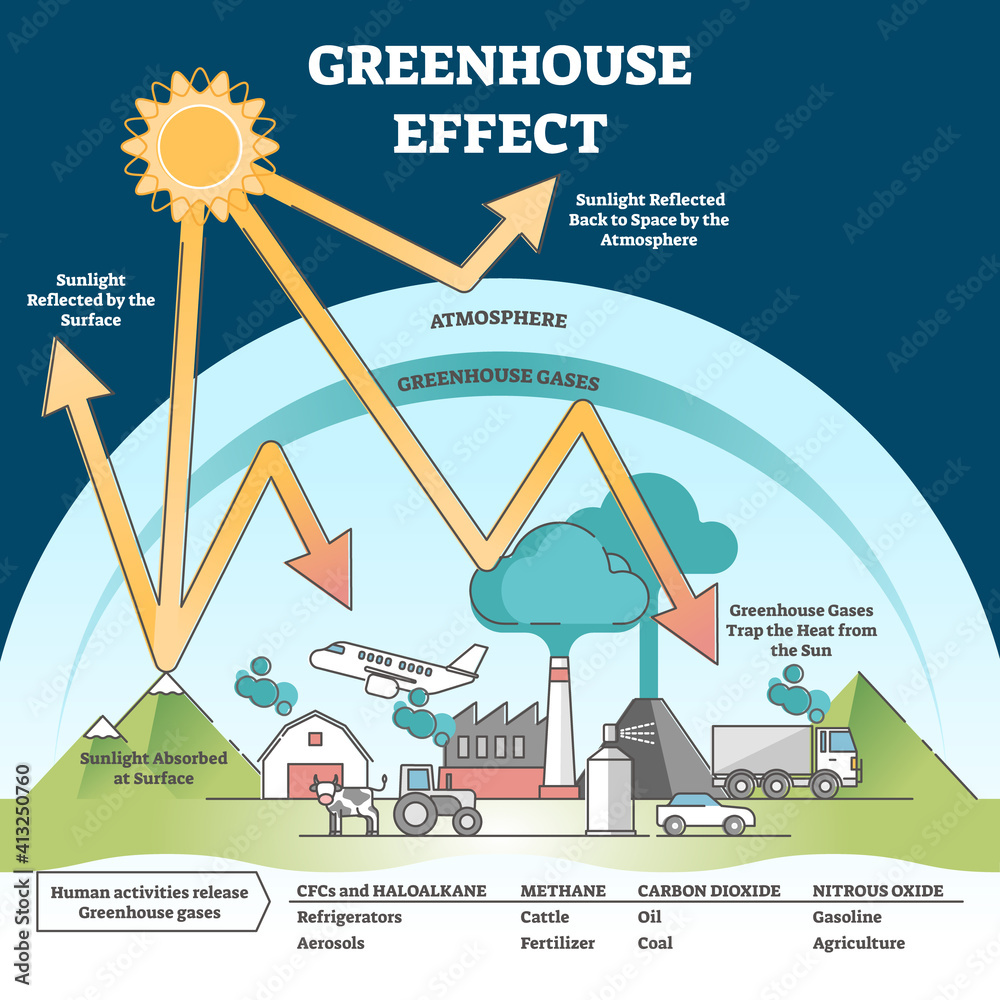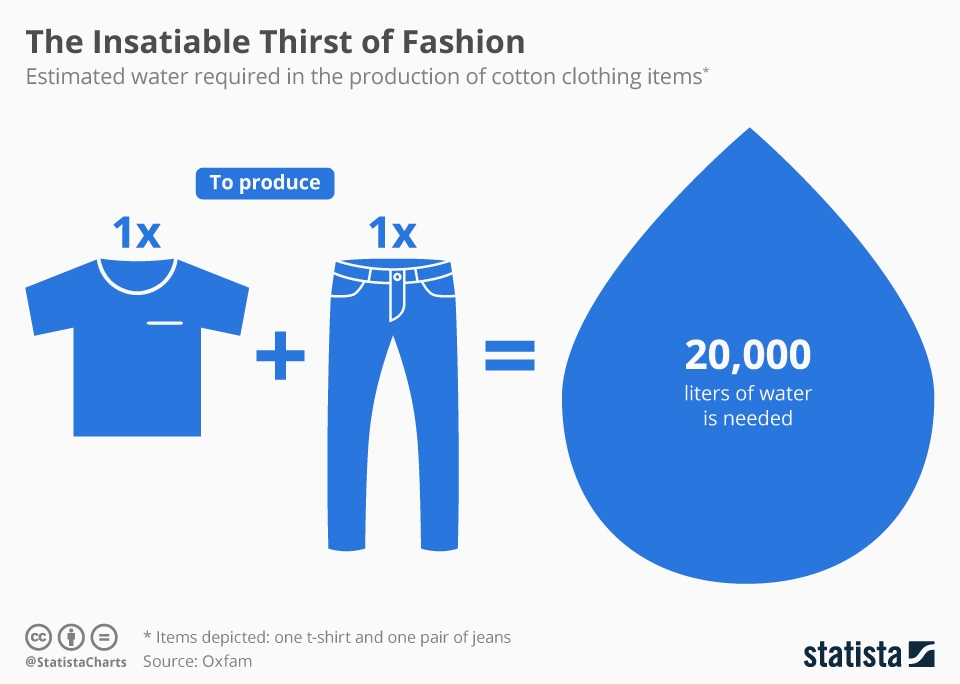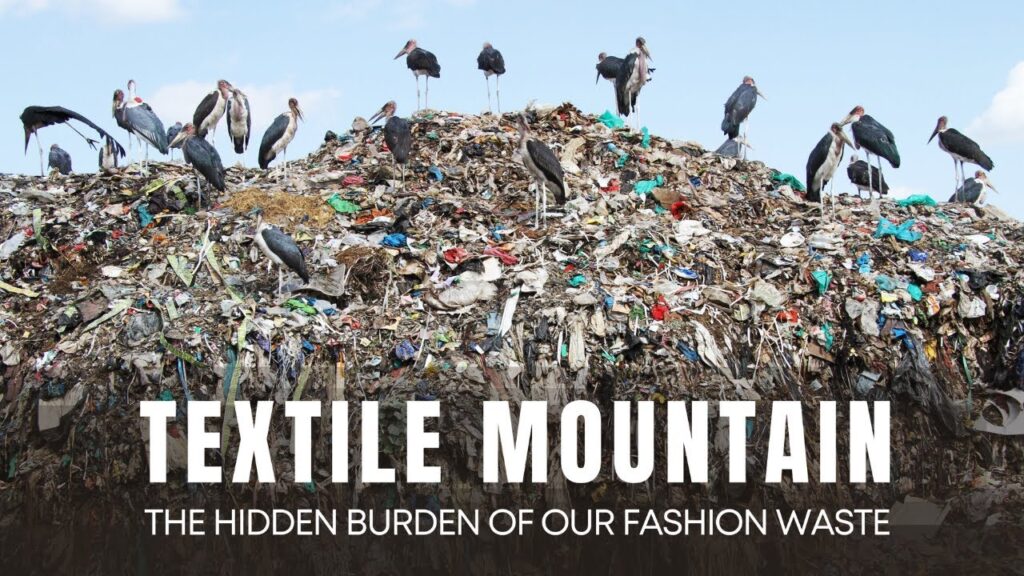Buying items second-hand is a phenomenon that has been around for years. At one point or another we’ve all visited a charity shop, browsed eBay, or spent a Saturday morning walking around a car boot sale.
But recently something has changed. Second-hand shopping has lost the stigma it once had, and is now starting to become popular amongst the younger generations.
Here are the answers to some of the most popular questions when it comes to second-hand shopping:
What is second-hand shopping?
Second-hand shopping is when you buy an item that has been used and worn by its previous owner.

These items are typically donated to places (such as charity shops) when people out-grow the item, move house, or even when a loved one passes.
The most popular methods for second-hand shopping are those that can be done in-person, where you can try on the item and inspect its quality before purchasing. For example, in charity shops, kilo sales and vintage stores.
Picture Information
Picture taken by Emma Benton. Location: British Heart Foundation in Newcastle
How is it environmentally friendly?
The fashion industry is one of the highest contributors to global warming. According to the World Economic Forum, “the textile industry produces more carbon emissions than the airline and maritime industries combined” and “has long been associated with social environmental problems, ranging from poor treatment of garment worker to pollution and waste generated by clothing production.”
However, shopping second-hand (in charity shops, kilo sales, or even online) is a much more sustainable and environmentally friendly way of expanding your wardrobe, or getting rid of old clothes.
This is because it allows the item to be re-circulated into the world again; instead of items being thrown away and ending up in a landfill, “second hand clothing increases the number of owners an item will have, [therefore] extending its life- something which has been dramatically shortened in the age of fast fashion.”
Whilst this recycling and recirculation of products doesn’t reduce or ‘take back’ the amount of carbon emissions created by the fashion industry, it does ensure that no more is added on to it.
What is fast fashion?

The fashion industry is one of the main contributors to climate change because of the effects of fast fashion.
‘Fast fashion’ is a growing phenomenon that includes producing and circulating garments in bulk and selling them quickly to consumers before the trends change and interest is lost.
This is unfortunately a process that is within many businesses and retail stores.
Image Credit and Information
I discovered the image through an article. Original photographer: unknown.
According to Abigail Irving-Munro, a Fashion Research Coordinator at Northumbria University, most retail stores “base their company on something called ‘agile supply chains’, which means they’re able to turn product into stores at a very quick rate, and that is something that they have kind of mastered and is actually quite comprehendible because it’s taken a long time to fine-tune.”
This process of producing and circulating clothes at a fast rate causes two main contributors to global warming: overproduction and waste.
Overproduction
According to one study, the production of clothes creates around 1.2 billion tons of carbon emissions a year. These emissions end up contributing to the ‘greenhouse effect’, which is when the greenhouse gasses that are released from Earth collect in the atmosphere and insulate more heat than usual. This increases the average global temperatures and causes global warming. Because a high percentage of the clothes being produced are ‘fast fashion items’, it means that the majority won’t even be bought or worn by customers. In other words, a lot of carbon emissions are being produced to create clothes that nobody will buy, or that will end up in landfills after a few wears.
Image credit
Original Image was found on Adobe Stock.

Waste
A high proportion of clothes that are bought in bulk are thrown away after around 7 wears. According to the World Economic Forum, 73% of these thrown-away clothes end up burned or buried in landfills, and less than 1% are used to make new clothing. According to a BBC article, “235 million items of clothing were sent to landfills last year”. This waste production of clothes creates carbon emissions and pollutes large portions of the environment. The production of clothes also wastes a lot of water. According to data found by Statista, “from growing the cotton, to dyeing the fabric, an estimated 20,000 litres of water is used in the production of just one t-shirt and one pair of jeans.”


Image Credit and Information
Image 1: Image found on Statista website.
Image 2: The original background image was photographed by Caitriona Rogerson. Title: ‘Dandora dumpsite’. Location: Nairobi, Kenya.
However, shopping second-hand is a more sustainable and environmentally friendly way to shop. It helps to recycle and recirculate clothing, preventing it from being burned or going in a landfill.
Second-hand items are also typically better quality than those of bulk-bough fast fashion items, which means they’ll last longer and won’t be ruined after a few washes.
Being better quality, less expensive, and more environmentally friendly, there’s no wonder shopping second-hand is starting to become so popular.
